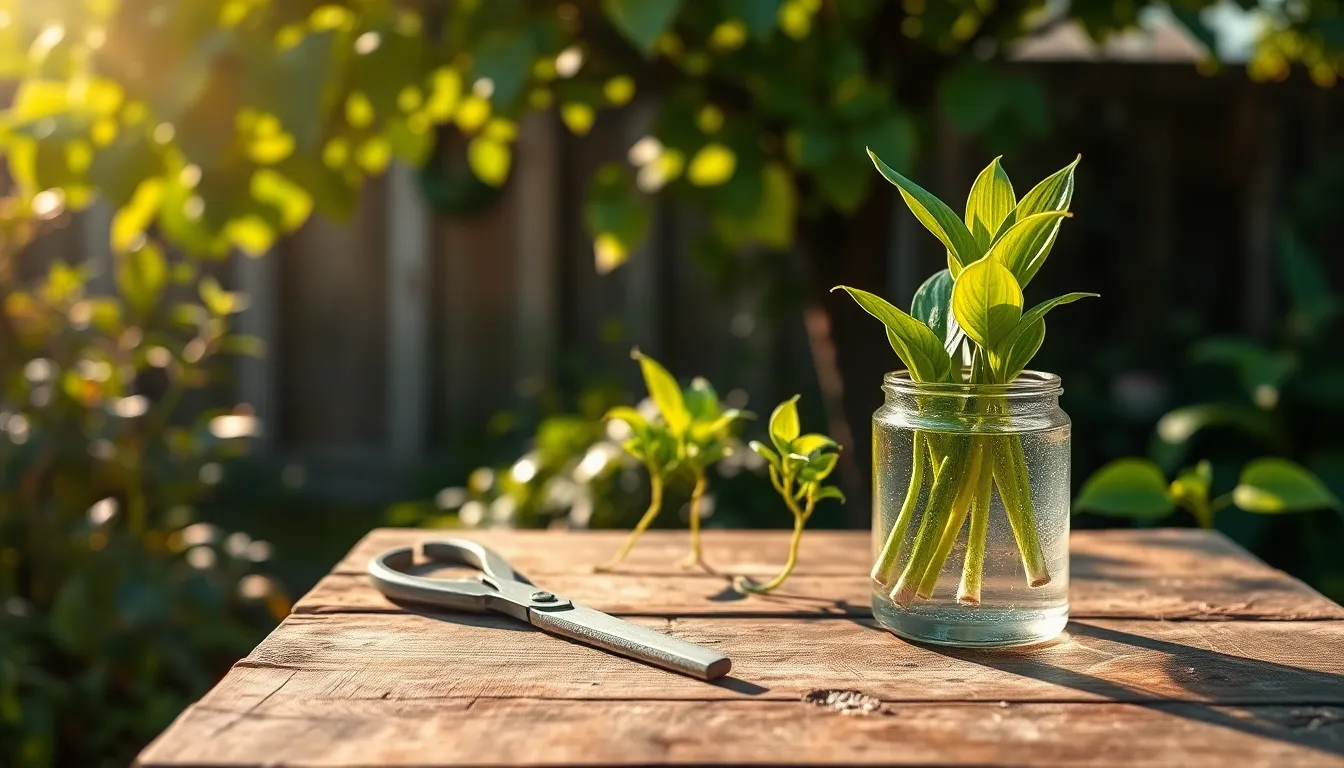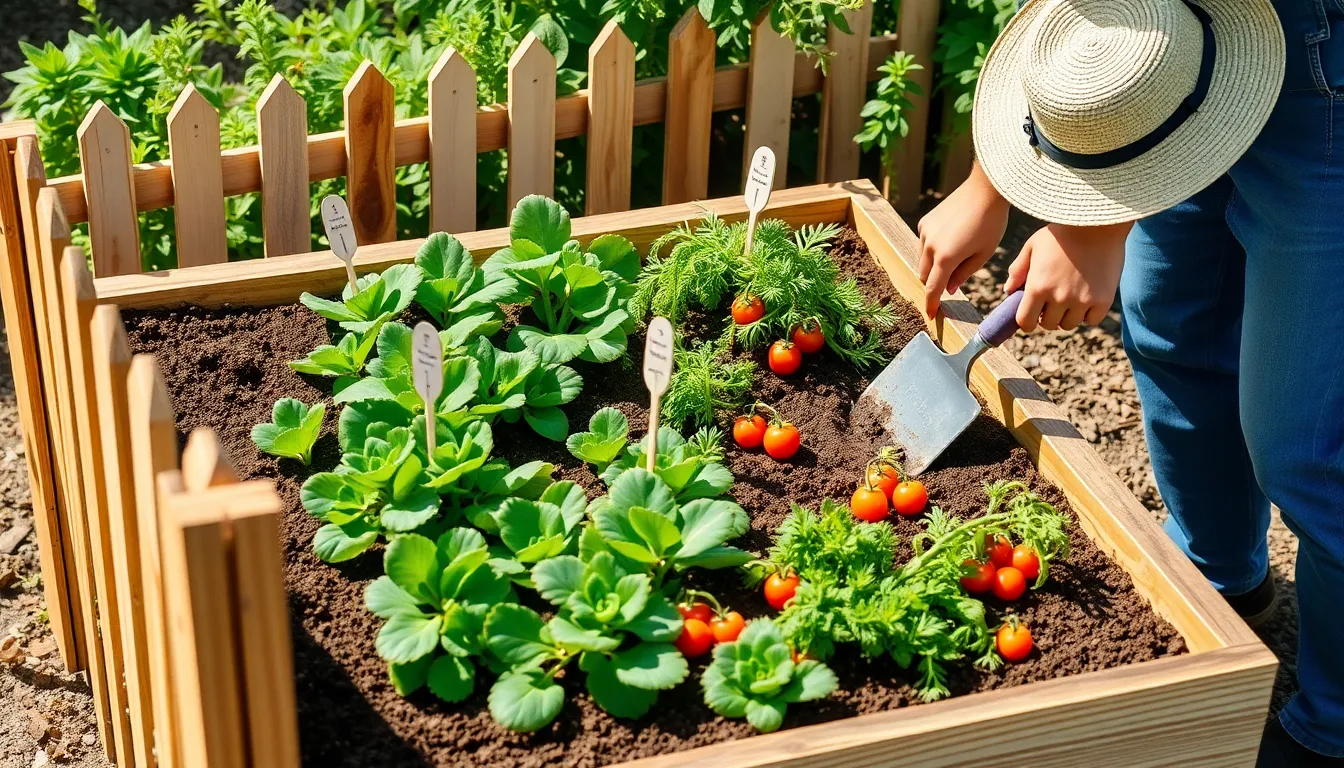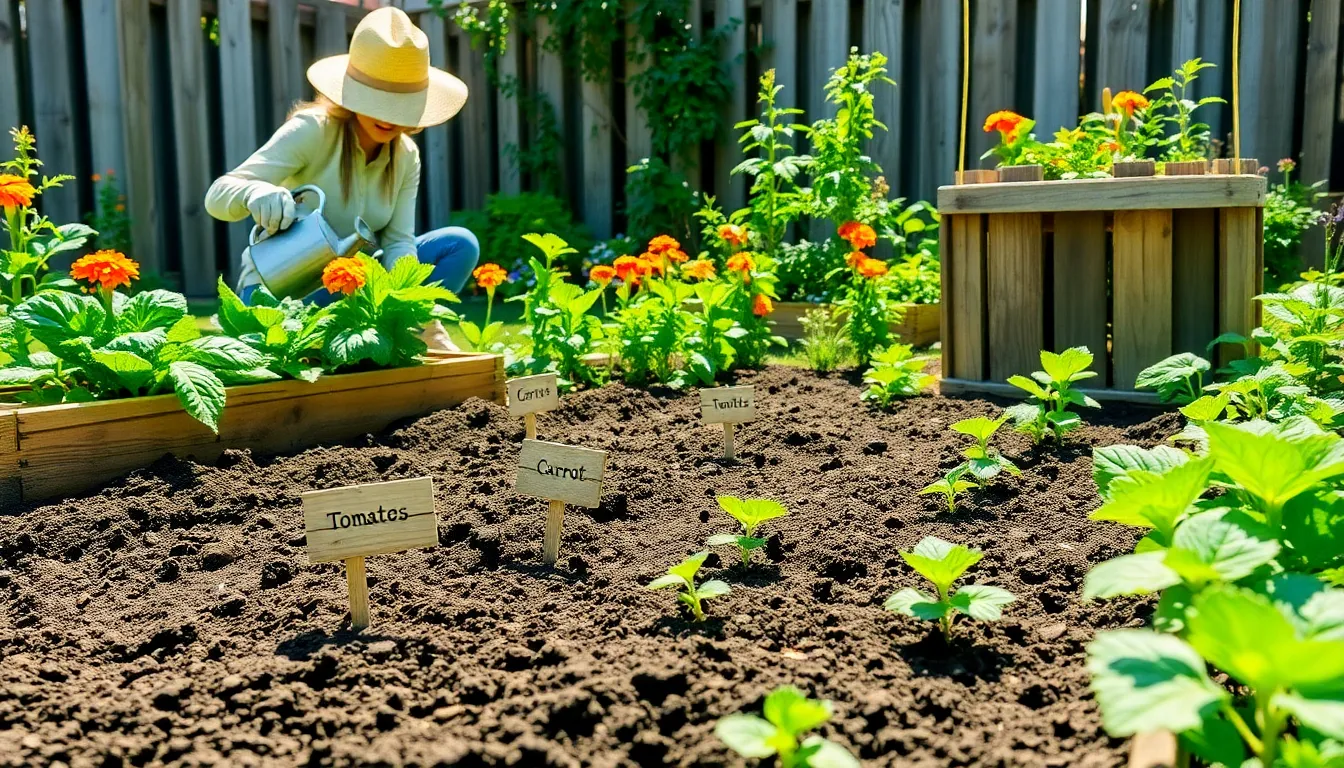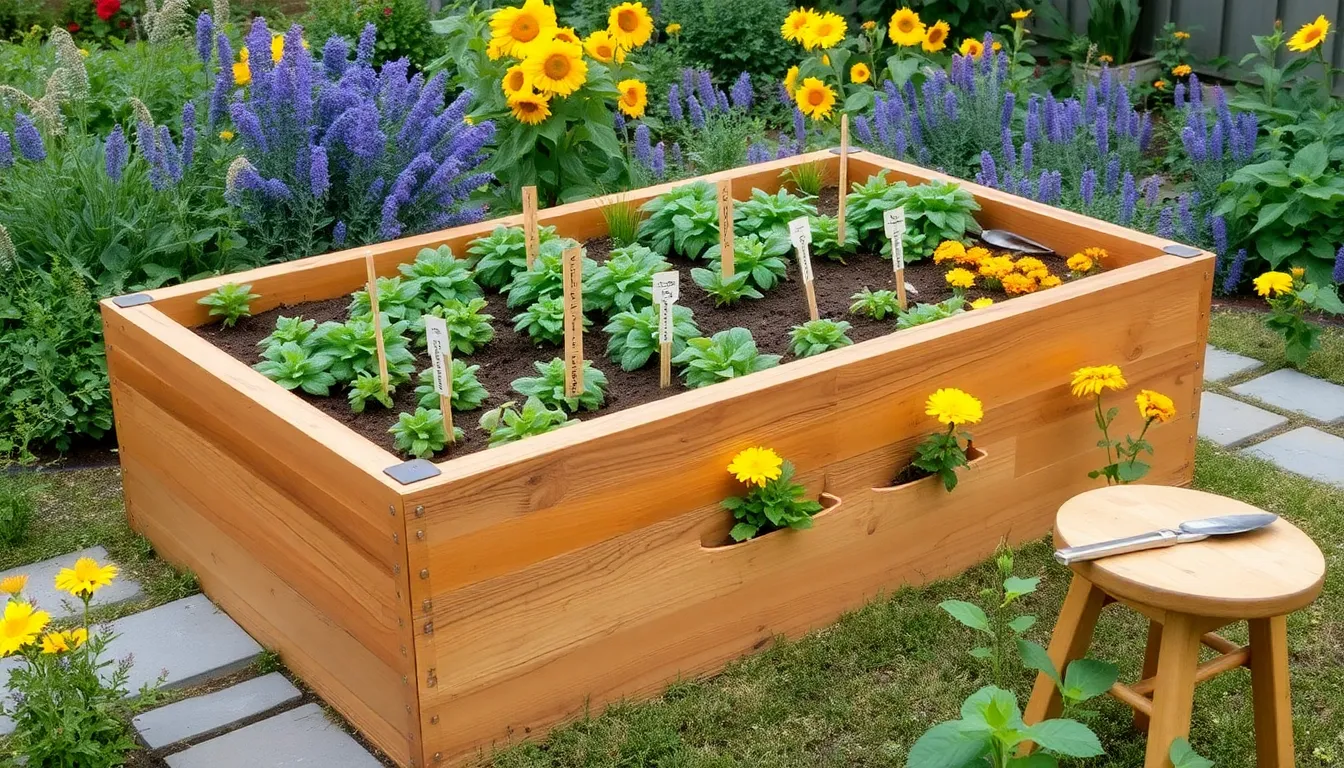For both novice and seasoned gardeners, growing plants from cuttings unveils a world of possibilities right at your fingertips. This rewarding practice not only multiplies your garden’s beauty but also deepens your connection to the plants you nurture. Whether you’re coaxing a new shoot from a beloved rosebush or expanding your collection of vibrant houseplants, learning to grow plants from cuttings is a skill that bridges generations in the gardening community.
Imagine the joy of watching a tiny stem transform into a thriving plant, all from the comfort of your home or garden. This process isn’t just a cost-effective way to expand your greenery; it’s an opportunity to understand plant biology and growth cycles intimately. By delving into this guide, you’ll discover the ins and outs of selecting the right cuttings, the secrets to encouraging robust root development, and how to care for your burgeoning plants as they transition into their new roles in your garden.
As we journey through this article, you’ll gain practical insights that make propagation accessible, whether you’re armed with just a pair of scissors or the latest horticultural tools. You’ll learn the art of timing and discover how to troubleshoot common issues, ensuring your cuttings grow into strong, healthy plants. With each new skill acquired, you’ll find your confidence blooming alongside your garden, reinforcing the idea that anyone can cultivate a lush, thriving landscape with a bit of knowledge and a lot of love.
Select Healthy Parent Plant
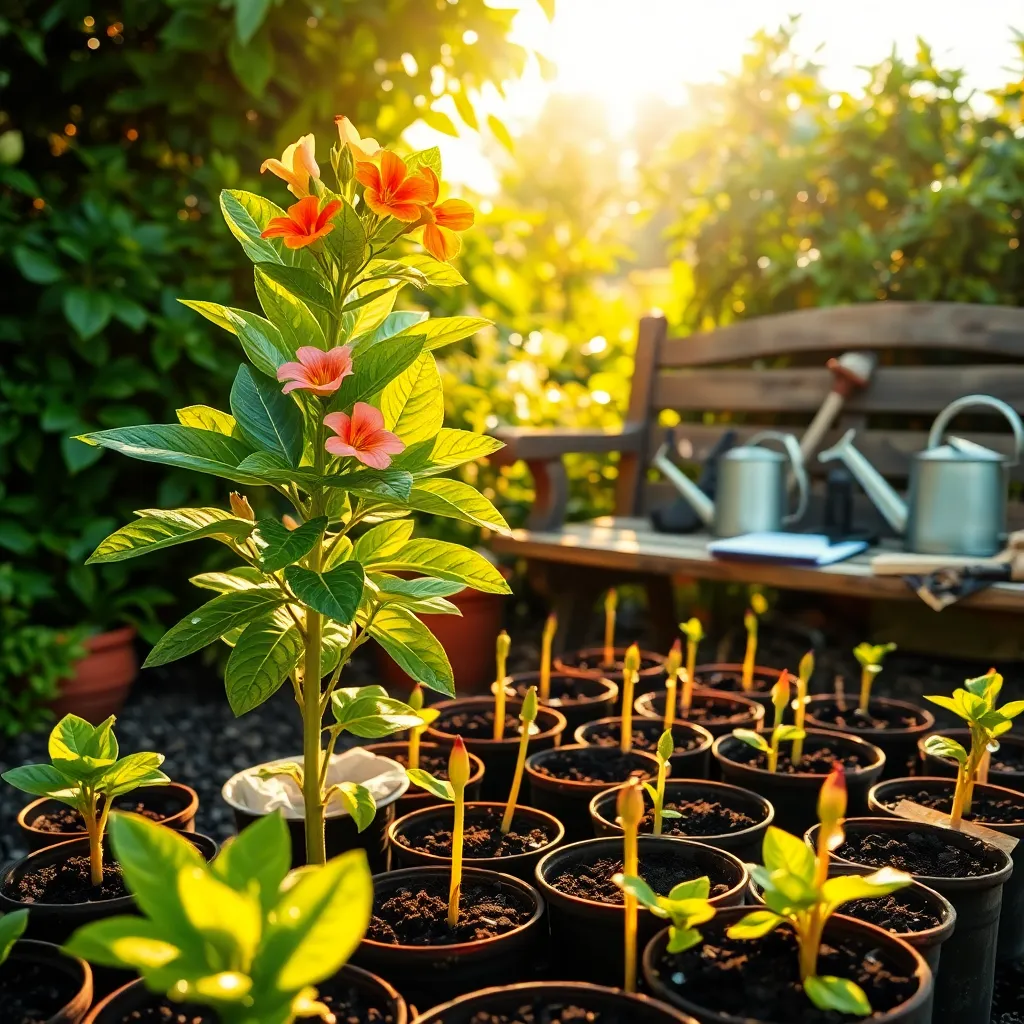
To ensure success when growing plants from cuttings, selecting a healthy parent plant is crucial. Choose a plant that is disease-free and thriving, as this will greatly enhance the chances of rooting success and vigorous growth in the new plants.
Look for plants that demonstrate strong, vibrant growth and have no signs of stress, such as wilting or yellowing leaves. Inspect the plant thoroughly for pests or diseases, as these issues can be transmitted to your cuttings and hamper their development.
For the best results, select parent plants that are in the same growing environment as where you plan to nurture your cuttings. This ensures the cuttings are already acclimated to the conditions, which can prevent shock and promote faster rooting.
Advanced gardeners might consider the plant’s age and growth phase; young, actively growing plants often provide cuttings with higher rooting potential. In contrast, older or stressed plants may have lower energy reserves, which can limit the success of cuttings.
Cut Stem at Correct Angle
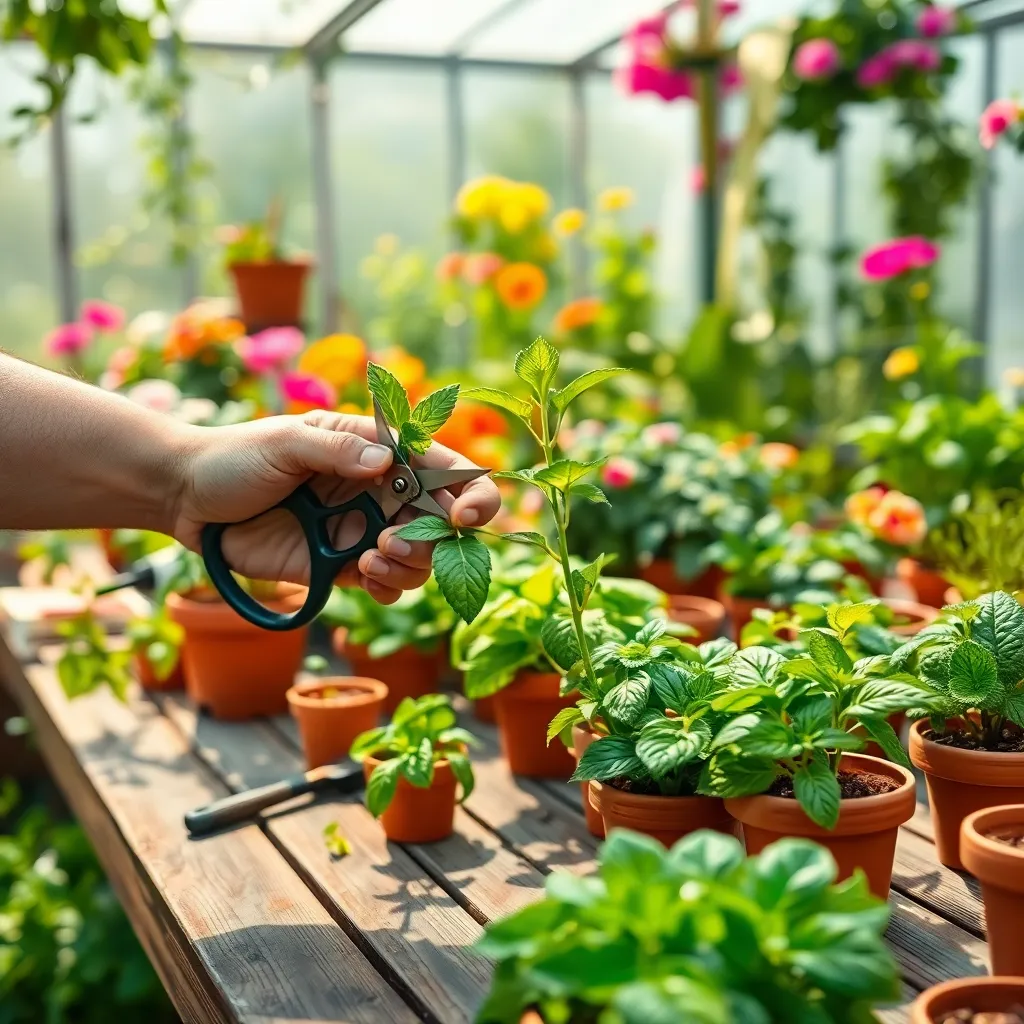
When cutting a stem for propagation, make sure to use a sharp, clean tool to avoid damaging the plant. Cut the stem at a 45-degree angle to increase the surface area for rooting and to prevent water from pooling on the cut surface.
An angled cut also helps the cutting to absorb more water and nutrients, which is critical for successful rooting. Always make your cut just below a node, as roots are more likely to develop from this point.
For best results, select a stem that is healthy and free of any pests or diseases. Trim away any leaves or buds from the lower part of the cutting to prevent rot and to focus the plant’s energy on root development.
Advanced gardeners often dip the cut end into rooting hormone to speed up the rooting process. However, if you prefer a natural approach, you can use willow water or honey as a rooting stimulator. Place the cutting in a well-draining medium like a mix of perlite and peat moss, which provides the right balance of moisture retention and air circulation.
Remove Lower Leaves Carefully
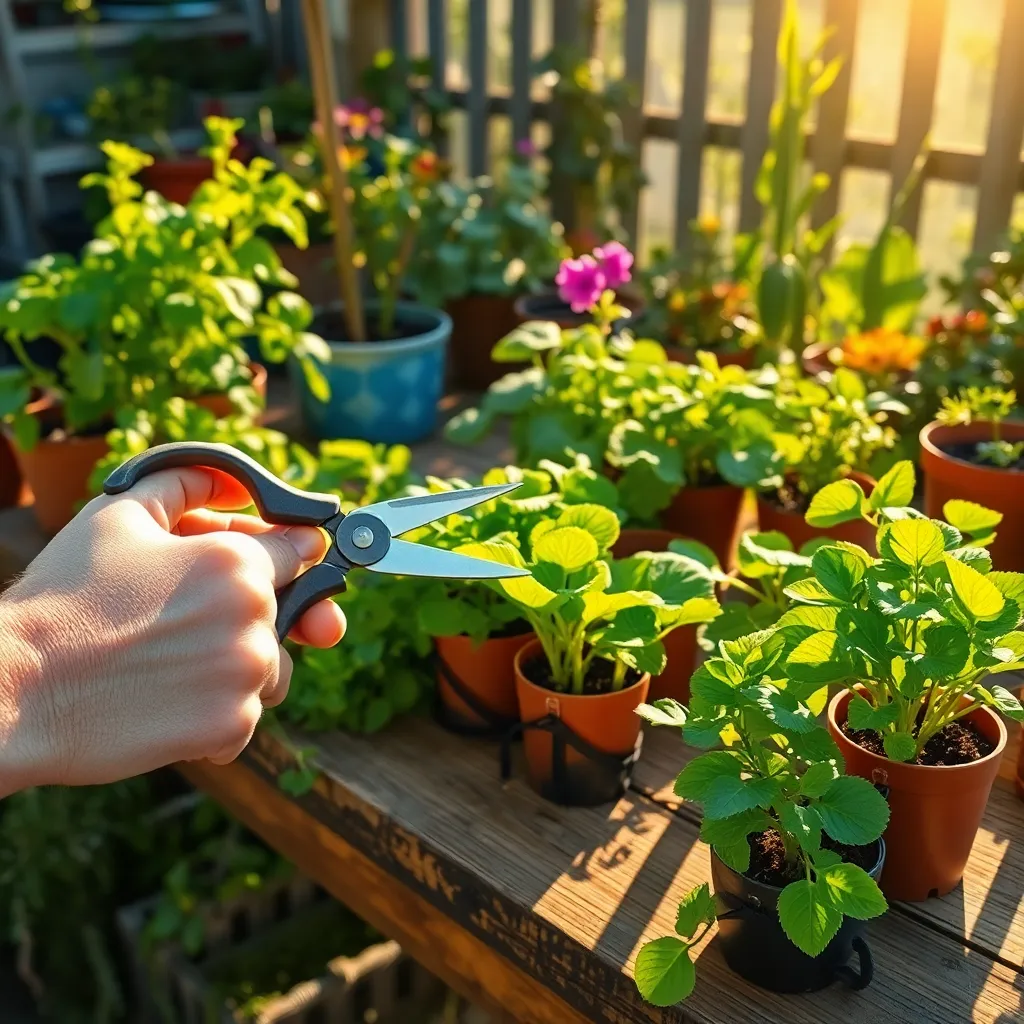
Once you’ve cut your stem at the correct angle, the next step is to carefully remove the lower leaves. This is crucial because it prevents the leaves from rotting when submerged in water or planted in soil. To do this, gently pinch or snip off the leaves closest to the cut end, leaving at least two to three leaves at the top to sustain photosynthesis.
It’s important to handle the leaves delicately to avoid damaging the stem, as injuries can invite disease. For plants with thicker leaves, such as succulents, use clean, sharp scissors or a knife to ensure a clean cut. Always sterilize your tools with rubbing alcohol before use to prevent the spread of pathogens.
By removing lower leaves, you also help the cutting focus its energy on root development. This is especially beneficial in water propagation, where submerged leaves can decompose and cloud the water. Change the water every few days to keep it fresh and oxygenated, which aids in the rooting process.
For soil propagation, removing lower leaves ensures that no foliage is buried, reducing the risk of fungal infections. Use a well-draining potting mix, such as one formulated for seed starting, to provide the optimal environment for root growth. Keeping the soil moist but not waterlogged will give your cuttings the best chance to thrive.
Dip in Rooting Hormone Powder
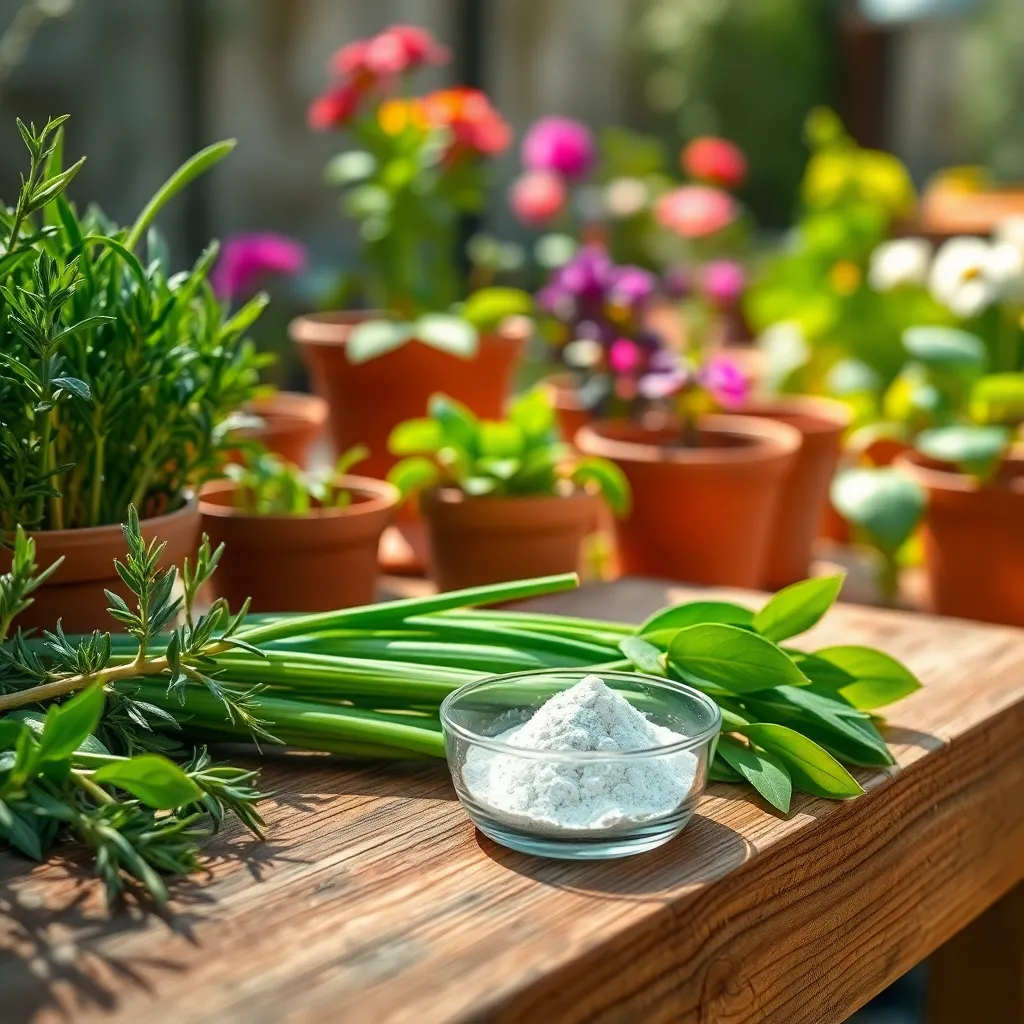
After removing the lower leaves, it’s time to prepare your cuttings for optimal root development. Dipping the cut end of your cutting in rooting hormone powder can significantly boost the chances of successful rooting. This hormone helps stimulate root growth by providing natural plant hormones that encourage root cell development. For beginners, it’s crucial to use a clean, dry surface to apply the powder, ensuring that the cutting absorbs it effectively.
To apply the rooting hormone, moisten the cut end of the stem slightly before dipping it into the powder. This ensures the powder adheres properly, providing a solid base for root development. Make sure only the bottom inch of the cutting is coated, as excess powder can inhibit growth. For advanced gardeners, experimenting with different brands of rooting hormones can yield varying results, as some formulations are tailored to specific plant types.
After dipping, gently tap the cutting to remove any excess powder, which can prevent the formation of too much callus tissue. This step is essential to avoid rot and encourage healthy root growth. It’s also important to plant the treated cutting immediately in a suitable growing medium. A mix of perlite and peat moss is often recommended, as it provides excellent drainage and moisture retention.
Consider the specific needs of your plant when choosing a rooting hormone, as some plants, like woody shrubs, may require a stronger concentration. For soft-stemmed plants, a milder formula will suffice and prevent burning the tender tissues. Always follow the manufacturer’s instructions for the best results, and remember, patience is key—roots can take a few weeks to develop. By carefully applying rooting hormone, you’re taking a vital step towards successful plant propagation.
Plant in Suitable Growing Medium
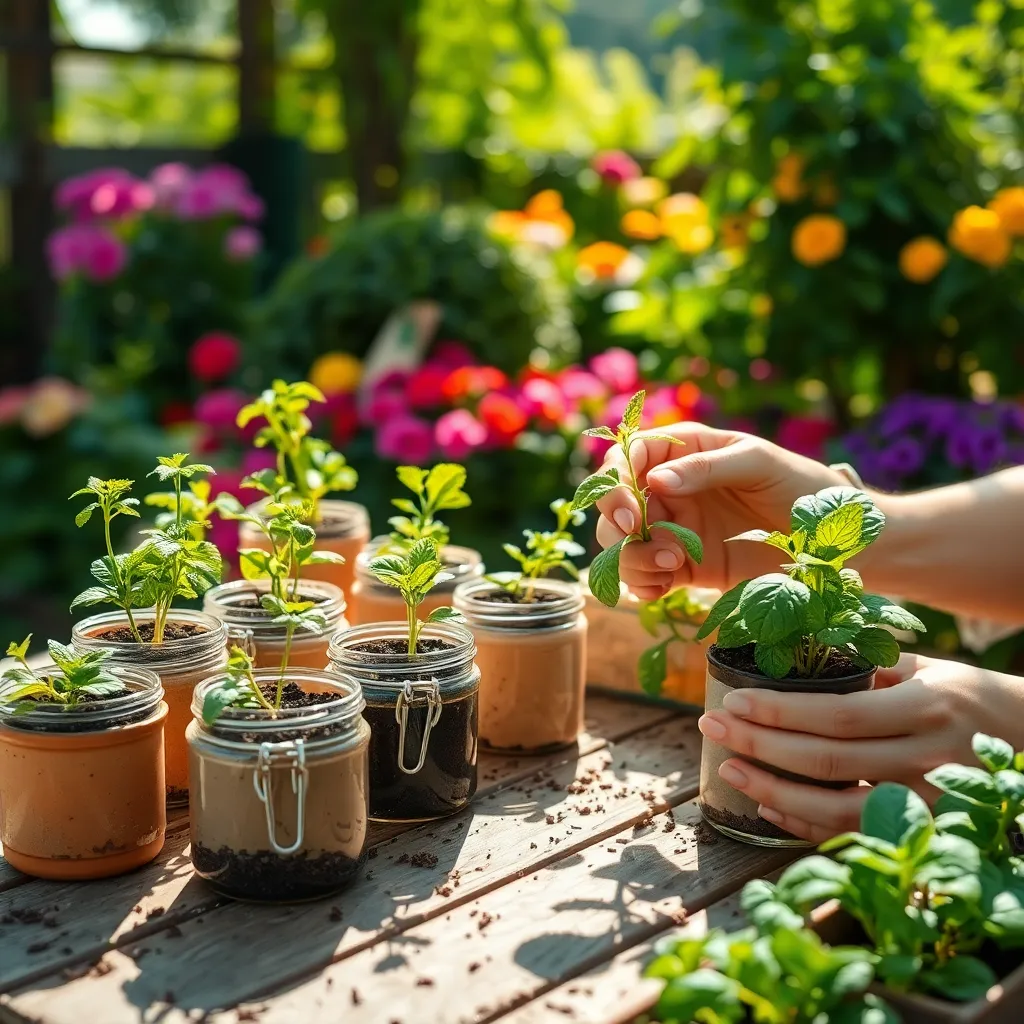
After dipping your cutting in rooting hormone powder, it’s essential to plant it in a suitable growing medium to encourage root development. Choose a well-draining medium, such as a mix of perlite and peat moss, to prevent waterlogging and promote aeration.
It’s important to moisten the growing medium before planting your cuttings. This ensures the medium is evenly damp, providing the necessary moisture for the cuttings without overwhelming them.
For beginners, a simple recipe of equal parts perlite and peat moss works well for most cuttings. Experienced gardeners might experiment with adding vermiculite to this mix, which can help retain moisture while still ensuring good drainage.
Gently insert the cutting into the prepared medium, pushing it down just enough to hold it upright. Firm the medium around the base to provide stability and ensure good contact with the cutting.
- Water the cuttings lightly after planting, ensuring the medium remains moist but not soggy.
- Place your cuttings in a location with indirect sunlight to prevent drying out.
Monitor the moisture level of the growing medium regularly, adjusting watering as necessary. As roots develop, you may notice new growth, which is a positive sign of successful rooting.
Conclusion: Growing Success with These Plants
In wrapping up our exploration of nurturing relationships through the metaphor of growing plants from cuttings, we delved into five key concepts: understanding the importance of a strong foundation, cultivating patience and resilience, encouraging mutual growth, recognizing the role of consistent care, and celebrating the blossoming of shared experiences. Each concept parallels the steps needed to nurture both plants and relationships, reminding us that the right environment and effort can transform the smallest beginnings into flourishing connections.
To put these ideas into practice, start by identifying one area in your relationship where you’d like to see growth and take a small, intentional step today—be it a heartfelt conversation, a shared activity, or simply expressing gratitude.
Remember, like a gardener tending to new sprouts, your dedication will nurture a thriving relationship. Bookmark this article to revisit these insights whenever you need guidance or encouragement along the way.
As you embark on this journey, envision a future where your relationships are as vibrant and resilient as a well-tended garden. By investing time and care now, you’re paving the way for rich, enduring bonds. Save this article and let it be your guide to cultivating lasting relationship success.

